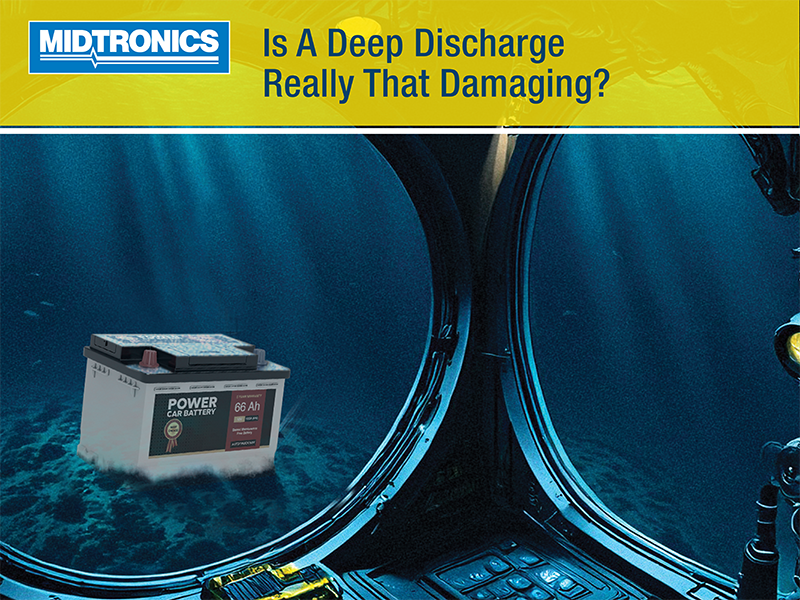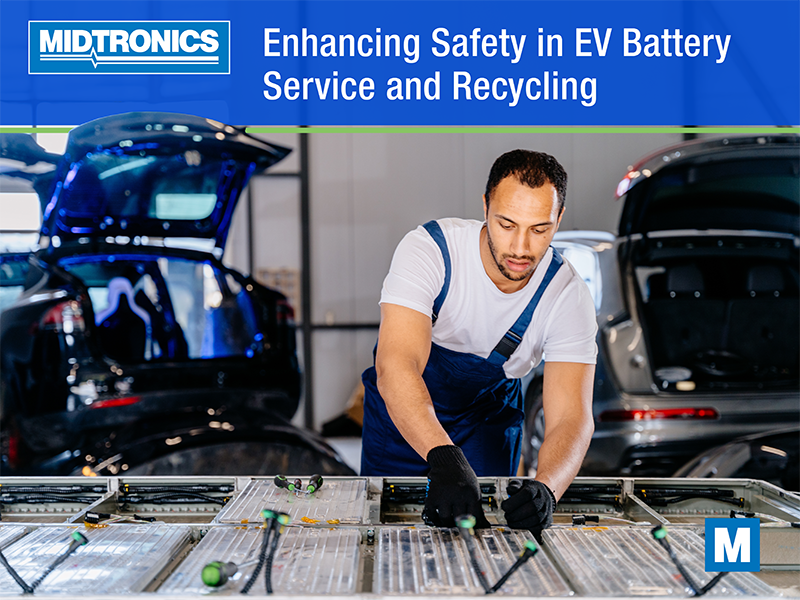When it comes to electric vehicles, one of the biggest challenges for repair shops is servicing their battery packs. And as it is right now, Li-ion batteries have proven to be relatively long-lasting but still demonstrate degradation after several years. Most research estimates an average lifespan of 10 to 20 years for an EV battery, and while that’s a long time, the rest of the vehicle is likely to outlast that time frame.
Fortunately, there are a few options for servicing EV battery packs. Each comes with its own challenges and benefits. Repair shops should be aware of what’s possible on the market right now, and what they can expect in the future so they know best how to serve their clients.
Fly In Service Technicians
One option is to fly in a technician who is certified to service EV batteries on behalf of the manufacturer. This is ideal for remote locations where specialized shops or dealerships may not be readily accessible, and certain manufacturers employ this methodology across their entire network.
Typically, the customer needs to initiate a service procedure by contacting the manufacturer. Over-the-air updates and diagnostics can aid in remotely identifying a concern, and once that’s been determined – or at least the concern verified – a technician is dispatched to visit the vehicle owner for the service or repair.
The benefit of this option is that the technician can assess the battery pack on-site and determine if any repairs or reconditioning needs to take place. Quite literally, the best person for the job, a factory-trained technician that specializes in that make – works on the vehicle.
However, the downside of this option is that it requires additional cost associated with flying in a certified technician, and it’s yet to be seen who will be responsible for the charge as years go on. As well, it may not always be feasible depending on location and availability. If unforeseen parts are necessary, it could require subsequent visits too. And with an ongoing technician shortage, customers’ vehicles could be out of service for days, weeks, or even longer while they wait for a technician to arrive.
Change Out the Complete Battery Pack
Another option is to replace the entire battery pack if a complete failure occurs. This tends to be the most efficient way of addressing a failed or failing battery, but it’s also the most expensive solution in virtually all cases.
While a vehicle is under warranty, a replacement provides peace of mind for the vehicle owner as the most complete repair possible. And it shortens the time a vehicle is down for repairs, rather than spending days disassembling, diagnosing, and repairing components within it.
But this option becomes less tenable when batteries no longer qualify for warranty coverage, whether that’s for an insurance claim, the vehicle has exceeded its coverage terms, or some other reason. It could leave owners on the hook for a battery cost that exceeds the vehicle’s residual cost. Repair shops need to research the cost of new battery packs ahead of time so they can accurately estimate their costs and provide customers with estimates accordingly, and expect a number of vehicle owners to decline the replacement.
Send the Vehicle to the Manufacturer or Authorized Service Center
A third option is to send the EV back to either its manufacturer or an authorized shop that specializes in servicing EVs and their batteries for the particular brand. These centers tend to be around metropolitan hubs, and there can be huge distances between them. A similar network is what you’d find for supercar manufacturers that sell in the US where there are less than 50 Ferrari dealers and fewer than 40 Lamborghini dealers in the whole country.
This may be more feasible if the manufacturer has an established service network, as it will allow for faster turnaround times and minimize downtime for customers. And the benefit is that service centers don’t need to staff EV battery experts themselves.
The downside of this option is that it usually requires additional shipping costs associated with sending the vehicle out for service, whether that’s built into the vehicle price or paid for out of pocket by the owner. And the turnaround time for the repair often leaves the owner without a car in the meantime.
Service the Battery On-Site
Finally, there is always the option to service the EV battery pack at a local dealership or service center. EV owners bring their vehicle to the shop where the issue is confirmed and diagnosed on-site and a repair plan is determined. Typically, the battery pack is removed and either repaired or reconditioned on-site as well, or a module is replaced and the battery pack balanced. Shops need to be equipped to handle all of the potential EV service strategies they encounter including high-voltage discharges, battery balancing, repairs, and charging, not to mention have the training required to perform all of these tasks expertly and safely.
What’s most advantageous is that the customer’s vehicle can get faster attention and with generally lower costs than the other options. Shops also get to retain the service revenue by performing the work themselves rather than subletting it.
However, this option can also be expensive in some cases due to labor costs and required certifications. There’s an investment required in equipment to perform all of the tasks a service center might encounter.
In most cases, the vehicle manufacturer determines which EV battery service strategy they’ll allow to be used on their vehicles, particularly within the EV warranty period. But some of EVs are exiting that timeframe and mileage already, and that will increase rapidly with faster EV adoption rates. Service centers can expect to have more inquiries and higher traffic from EV owners with battery concerns in the coming years.
With proper maintenance and servicing of EV batteries, repair shops can help ensure their customers are driving safely and efficiently. Prepare now by investing in the equipment and training you need and positioning your shop as an expert in EV battery service and repair so you can capture as much of the on-site battery service business as possible in your region.




